Above: The 370-yard, par-4 first hole at Brown Deer Park sets the stage for great things to come. Photos by Nile Young Jr.
‘The Cream City,’ a Golfer’s Sweet Summertime Treat
MILWAUKEE — As the former longtime executive director of the Wisconsin State Golf Association, Gene Haas often gets phone calls from traveling golfers looking for places to play in the Milwaukee area.
“I say, ‘I’ll give you three you can play: Brown Deer Park, Dretzka Park and Whitnall Park. Three totally different kinds of courses and they’ll be wonderful,’” Haas said. “People call me back and say, ‘Gene, what a treat. I will come back and play those courses anytime.’”
They have discovered what locals have known for decades: the Milwaukee County Parks System has what might be the most varied, best-conditioned and most affordable collection of municipal courses in the nation. With 15 courses from which to choose — everything from a former PGA Tour venue (Brown Deer) to a par 3 course on scenic bluffs overlooking Lake Michigan (Warnimont) — there’s something for every golfer from beginner to scratch handicap.
“We have, as I understand it, the second-largest number of (municipal) courses, behind only Los Angeles,” said Chet Hendrickson, the golf services manager for Milwaukee County Parks. “I’m not aware of any city with a similar population that has something as vast as we have.”
Haas added, “I’m sort of biased, but I can’t think of any other place that would have comparable public golf facilities.”
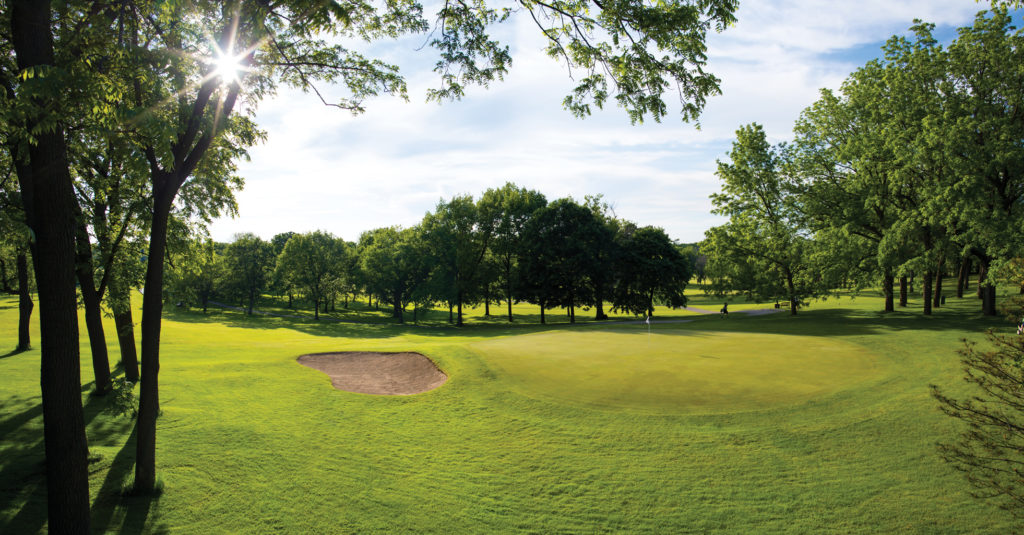
The 399-yard, par-4 12th at Brown Deer Park.
The county courses are enormously popular and account for 40% of all Parks revenue. Rounds played totaled 235,000 in 2018, a bad weather year, but that number has been as high as 328,000 as recently as 2012. At one time, the courses just had to open their doors in the morning and start taking green fees, but declining golf participation and increased competition means nothing can be taken for granted.
Thus, the county has put money back into the courses, including new irrigation at Currie, Greenfield and Lincoln parks and improvements to the clubhouse and practice facility at Brown Deer. Once managed by hourly Parks employees, the seven 18-hole courses now are run by PGA professionals.
“I think you’re going to be hard-pressed to find the quality of golf that we offer (anywhere else),” said Guy Smith, the director of Milwaukee County Parks. “Our superintendents are professionals and our courses are in great shape. The PGA professionals do a top-notch job. We have great food and beverage options.
“We’ve invested in irrigation. We’ve invested in our clubhouses and pro shops. We do projects every year. Golfers want high quality but they want a good deal as well. It’s very competitive.”
To a large extent, the golfing public owes a debt of gratitude to George Hansen, a landscape architect who designed five of the county’s 18-hole courses and went on to become the Parks superintendent. Born in 1889, Hansen’s contemporaries in the Golden Age of golf course architecture included Donald Ross, Alister MacKenzie and A.W. Tillinghast.
Hansen was not as famous, of course, but like the others his courses have stood the test of time. Grant Park, a lovely and quirky course in South Milwaukee, opened in 1920 and was followed by Greenfield Park (1922), Currie Park (1926), Brown Deer Park (1929) and Whitnall Park (1932).
Hansen died in 1950, one year before the U.S. Amateur Public Links Championship was contested at Brown Deer for the first time (two more would follow, in 1966 and 1977).
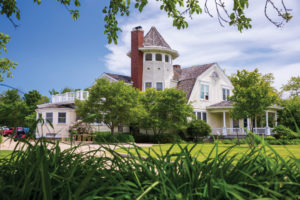
The stately Brown Deer clubhouse.
Brown Deer, a parkland gem on Milwaukee’s north side, is best known as the launching pad for Tiger Woods’ professional career, at the 1996 Greater Milwaukee Open. He tied for 60th place as a sponsor’s exemption, finishing 12 strokes behind winner Loren Roberts, and earned the princely sum of $2,544. But Woods did produce a harbinger of the dramatic shots to come when he aced the par-3 14th hole in the final round.
Less known is the fact that Tony Finau also made his PGA Tour debut at Brown Deer as a 17-year-old Monday qualifier in 2007. One year earlier, Jason Day made his third start as a professional at Brown Deer and recorded his first career top-25 finish.
The GMO, eventually title-sponsored by U.S. Bank, was held at Brown Deer from 1994 until the tournament’s demise in 2009, but the course conditioning has been maintained at a high standard by superintendent Tim Wegner. The historic clubhouse has been renovated and the practice facility has been re-done and now is commensurate with a course of its caliber.
In bigger markets, the green fee at Brown Deer would be north of $150, but it can be played for as little as $32 weekdays by county discount card holders and the standard rate peaks at $79.
Lincoln Park Golf Course, a sporty nine-holer also designed by Hansen, is located in the heart of the city, just minutes from downtown, and attracts a diverse and passionate clientele. Many are die-hard golfers who play multiple times a week, often pushing carts.
Grant Park Golf Course, located in a beautiful, leafy park bordering Lake Michigan in South Milwaukee, uses a historic 1892 farmhouse for its clubhouse. The course measures just 5,268 yards and par is 68, but with tight, tree-lined fairways and sharp doglegs, it’s no pushover.
Currie Park Golf Course is bordered on the west by Interstate 41 and its accessibility and location on Milwaukee’s west side makes it among the most popular of the courses.
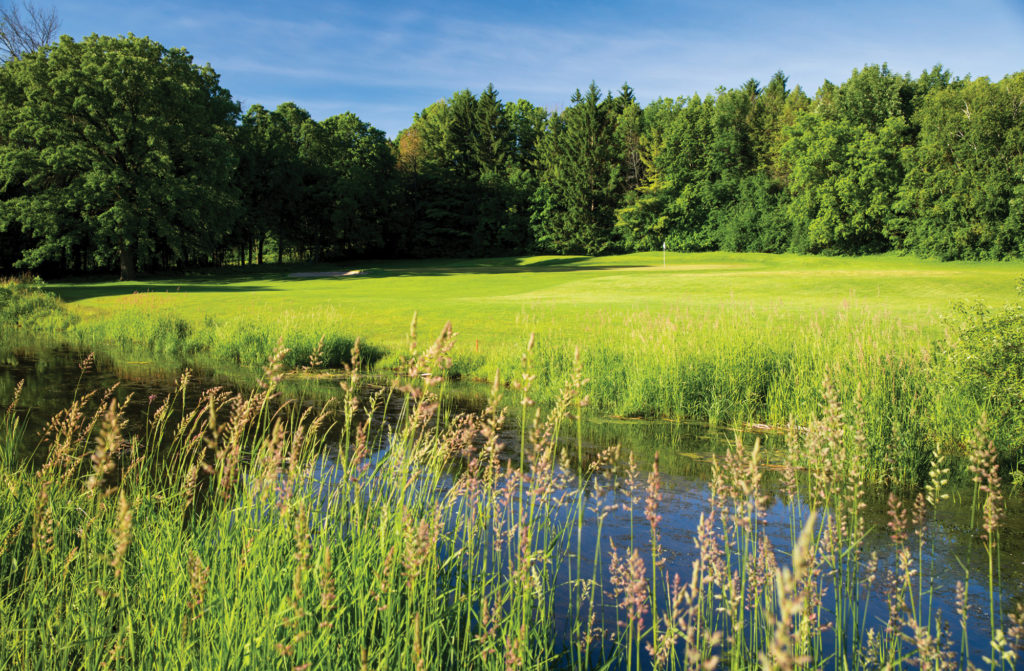
Dretzka Park Golf Course.
Dretzka Park Golf Course on the city’s northwest side opened in 1964 and is a true championship venue, topping out at a demanding 6,809 yards. Water comes into play on 12 of the 18 holes. Years ago, the course had a reputation for being poorly maintained, but that’s no longer the case.
Jon Canavan, the golf and recreational turf manager for Milwaukee County Parks, said the conditioning at Dretzka has gone from “a D-minus to an A.”
“Golf courses are a lot like restaurants, where if you go there and you don’t have a good experience, you’re not going to go back, even though the chef may have changed,” Hendrickson said. “So Dretzka is one of those hidden gems now. It’s a fantastic golf course. It’s got a new clubhouse. It looks modern. The pro shop looks great. But it still struggles because it’s got the reputation that people remember from years ago of not being in good shape.
“It’s as good as Brown Deer in the summer now, in my opinion.”
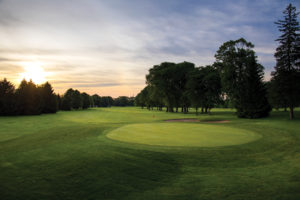
The 389-yard, par-4 12th at Greenfield Park.
Greenfield Park Golf Course, in West Allis, is a lot like Grant — short, sporty, tree-lined and fun. At one time, the course was home to some of the city’s finest players. In recent years, it’s undergone a significant transformation, with new irrigation, new tee boxes and five new greens.
“We made it a more playable and safer golf course,” Canavan said. “People are just raving about it. Our revenue numbers there are skyrocketing.”
Heavily wooded Whitnall Park Golf Course is located in a 640-acre park in Hales Corners and is known for its tree-lined fairways and tricky greens. Though it measures just 6,508 yards from the back tees, the elevation changes, tight landing areas and sloping greens give it a level of difficulty one wouldn’t expect from a glance at the scorecard.
Oakwood Park Golf Course in the southwest suburb of Franklin is the newest of the 18-hole tracks. Designed by Lawrence Packard and opened in 1971, it’s the longest of the Milwaukee County courses, topping out at over 7,000 yards. A continuous cart path recently was finished and a covered outdoor pavilion seats up to 144 people, making it a popular course for outings.
The county has two executive courses, at Hansen and Warnimont parks, and par-3 courses at Doyne, Madison, Lake, Noyes and Zablocki parks. These courses are popular with juniors and seniors, and the Wisconsin PGA Section holds a series of tournaments on the par-3 courses for juniors interested in beginning competitive golf.
Add them all together, and it’s clear in Milwaukee County, there’s something for everyone. Whether you’re Tiger Woods or you slice into the woods, there’s a course to match your skill level, experience and wallet.
“We’re very fortunate,” Haas said. “The courses are really top-notch. Day in and day out, for the amount of play they get, they really keep them in great shape. The quality that has been maintained and the improvements they have made have made it a joy for people to go out and play.”
Please visit county.milwaukee.gov/EN/Parks for more information about the Milwaukee County Parks System.
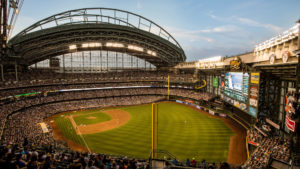
Miller Park.
The City of Summer
Milwaukee makes warm weather wonderful
If you’re spending a few days in the Milwaukee area to play golf, you’re probably going to want to take some time to explore the city. The Cream City comes alive in the summer months and has an abundance of world-class dining, recreation and entertainment options.
If you happen to be in town, an afternoon or evening at Summerfest on Milwaukee’s lakefront is a must. A staple on the summer calendar since 1968, Summerfest is billed as the “world’s largest music festival.” Headliners at the American Family Insurance Amphitheater this year included Jason Aldean, the Zac Brown Band, Bon Iver, Jennifer Lopez and The Killers. Come for the music, stay for the food, beer and people-watching. Not too soon to start planning for 2020!

Try your luck at Potawatomi Casino.
Though you probably won’t be arriving by motorcycle – it’s hard to pack golf clubs on a bike – you can get your motor running at the Harley-Davidson Museum, 400 W. Canal St. Open daily from 9 a.m. to 6 p.m., celebrating more than a century of Harley-Davidson history.
There’s always something going on at Fiserv Forum, the gleaming new home of the Milwaukee Bucks, and the surrounding Deer District. The 30-acre entertainment district, with its numerous food and beverage options, sports bars and nightlife, is fast becoming the place to see and be seen in Milwaukee.
If baseball’s more your game, time your visit to coincide with a Milwaukee Brewers homestand and take in a game at Miller Park. You won’t have to worry about a rainout because the $290-million stadium has North America’s only fan-shaped retractable roof, which can open and close in less than 10 minutes.
With nearly 25,000 works of art displayed on four floors, the Milwaukee Art Museum is among the nation’s largest. The Quadracci Pavilion, created by Spanish architect Santiago Calatrava, contains a movable, wing-like brise soleil that opens up to a wingspan of 217 feet. Referred to simply as “the Calatrava,” the iconic building has become a Milwaukee landmark. 700 N. Art Museum Drive.
The Milwaukee County Zoo, 10001 W. Bluemound Road, houses 1,800 animals in outdoor and indoor exhibits. The Sterns Family Apes of Africa exhibit features a large troop of bonobos and gorillas.
If all that isn’t enough, you can always try your luck over at Potawatomi Hotel & Casino, 1721 W Canal St. With more than 2,500 slots, nearly 100 table games, and 20 poker tables dealing 24/7, Potawatomi is the place to double-down on your good time in Milwaukee.
Want more Milwaukee hotspot ideas? Visit www.visitmilwaukee.com.
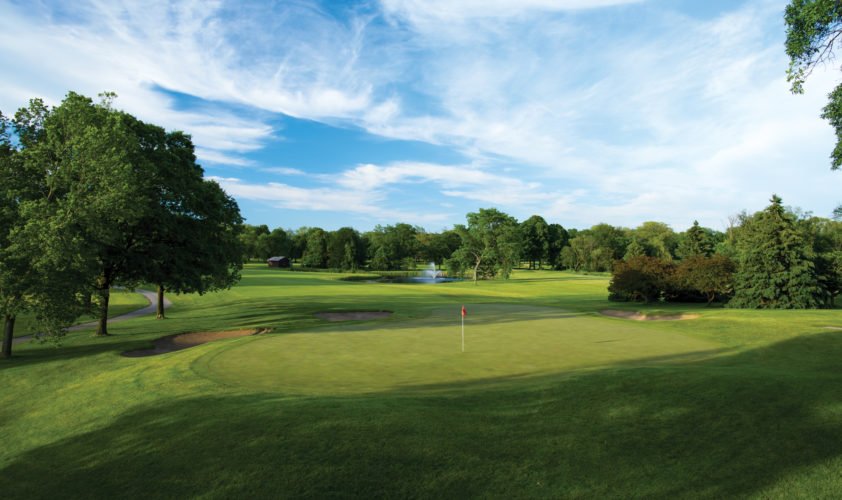
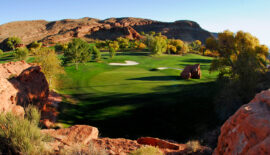 ';
';
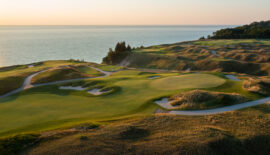 ';
';
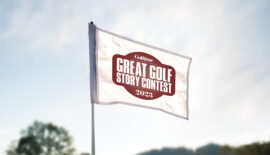 ';
';
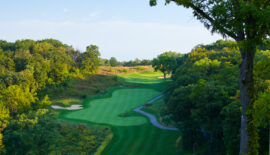 ';
';